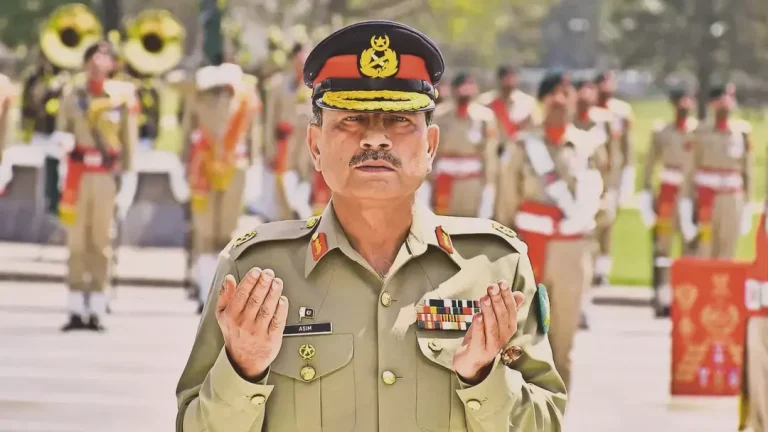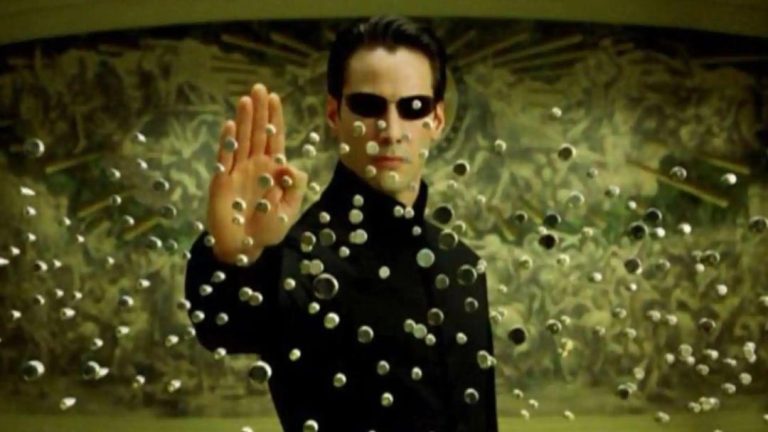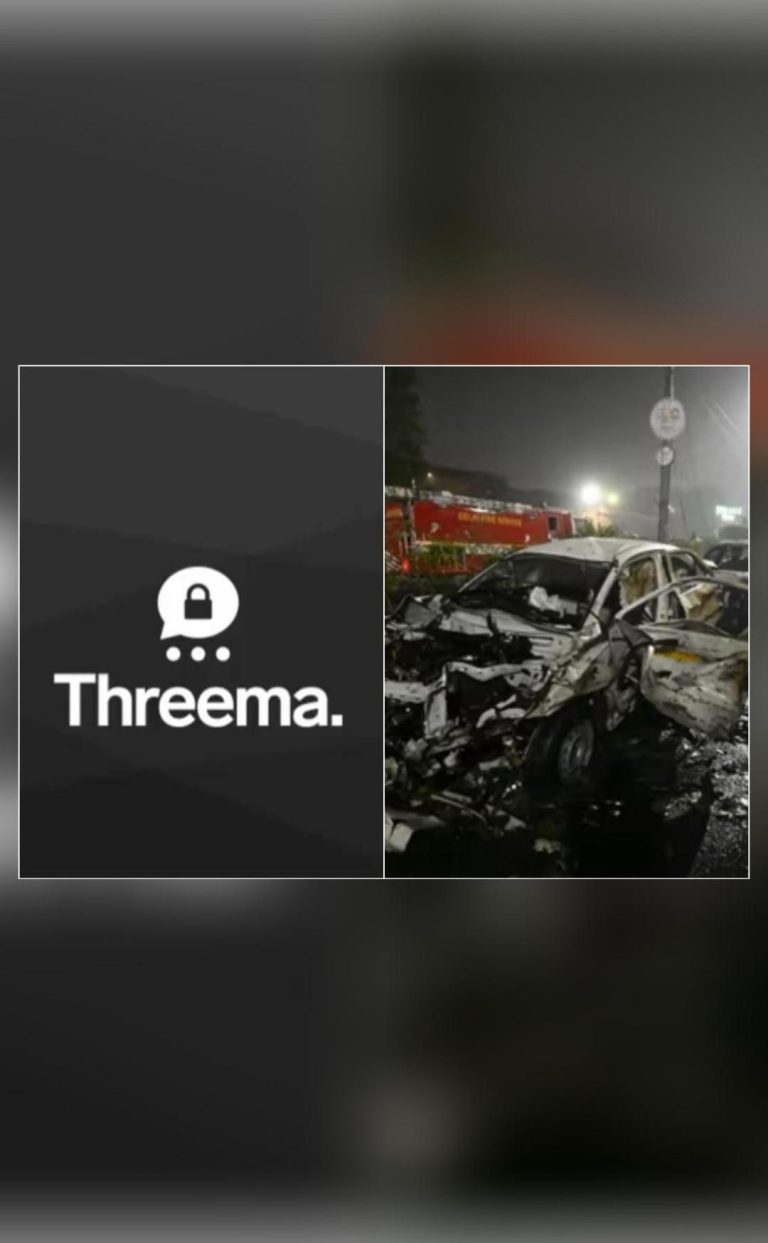
What’s a Molotov Cocktail, Used in Attack on Pro-Israel Rally in US?
In a shocking incident that has sent shockwaves across the globe, a pro-Israel rally in the United States was targeted with Molotov cocktails, a makeshift flame-throwing device used to cause fires. The suspect behind the heinous act, Mohamed Sabry Soliman, has been arrested and charged with a “targeted terror attack” by the authorities.
But what exactly is a Molotov cocktail, and how is it used? In this blog post, we’ll delve into the details of this crude bomb and explore its history, construction, and uses.
What is a Molotov Cocktail?
A Molotov cocktail is a homemade incendiary device made from a glass bottle filled with a flammable liquid, typically gasoline, and fitted with a wick, such as a rag. The device is designed to be thrown at a target, such as a vehicle or a building, with the intention of causing a fire. The wick is usually ignited before the device is thrown, allowing the flammable liquid to flow out of the bottle and ignite upon impact.
The Molotov cocktail gets its name from Vsevolod Mikhailovich Molotov, the Soviet foreign minister, who was often criticized for his propaganda efforts. The term “Molotov cocktail” was reportedly coined by Finnish soldiers during the Winter War between Finland and the Soviet Union in 1939-1940, who used the devices to attack Soviet tanks and other military vehicles.
History of Molotov Cocktails
Molotov cocktails have been used in various conflicts throughout history, including World War II and the Vietnam War. During World War II, they were used by resistance fighters against German forces, while in Vietnam, they were used by the Viet Cong against American troops.
In recent years, Molotov cocktails have been used in various political and social conflicts around the world. For example, during the 2011 protests in Egypt, Molotov cocktails were used by protesters to attack police and government buildings. Similarly, during the 2014 protests in Ukraine, Molotov cocktails were used by pro-Russian separatists to attack government buildings and police stations.
Construction of a Molotov Cocktail
Constructing a Molotov cocktail is relatively simple. The basic components include:
- A glass bottle, such as an empty beer bottle or a jar
- A flammable liquid, such as gasoline, kerosene, or lighter fluid
- A wick, such as a rag or a piece of cloth
- A rag or cloth to use as a fuse
- A lighter or match to ignite the wick
To construct a Molotov cocktail, the bottle is filled with the flammable liquid, and the wick is inserted into the bottle. The rag or cloth is then used to create a fuse, which is lit before the device is thrown.
Uses of a Molotov Cocktail
Molotov cocktails are often used as a form of guerrilla warfare or as a means of expressing political or social discontent. They are typically used against military or government targets, such as tanks, buildings, or police stations. In some cases, they have been used against civilians, such as during attacks on buses or other public transportation.
In the recent attack on the pro-Israel rally in the United States, the Molotov cocktails were used to target the protesters, causing a fire to erupt and injuring several people. The attack was condemned by authorities and the Jewish community, and the suspect, Mohamed Sabry Soliman, has been charged with a “targeted terror attack”.
Conclusion
The use of Molotov cocktails in the attack on the pro-Israel rally in the United States is a disturbing reminder of the dangers of political and social violence. As we continue to navigate a complex and often volatile world, it is essential that we understand the history and construction of these crude bombs, as well as their uses and implications.
It is also important to recognize the importance of peaceful protest and the need to respect the rights and safety of all individuals, regardless of their political or religious beliefs. As we move forward, we must work towards creating a more peaceful and inclusive world, where such acts of violence are a thing of the past.
Source:






